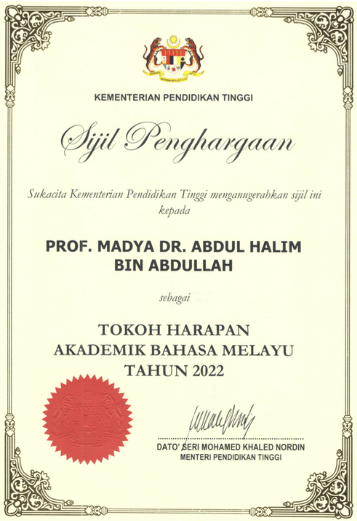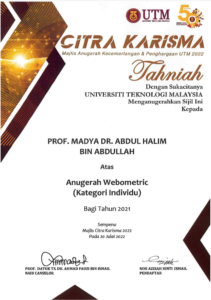
You can build your abstract by answering the following questions with one or two sentences for each one:
- What is the bigger, more general field your article relates
to? - What is the purpose of your article?
- What methodology did you use?
- What are the key results?
- What are the practical implications of your research (how can the results be utilised by e.g. practitioners, society or companies)?
Example:
The content order of geometric components in the mathematics curriculum and the teaching process in a geometry class are said to be in contrast with the existing level of geometric thinking among secondary school students in Malaysia. Van Hiele (1986) proposed that directions should be given at the same level as the students’ ability and therefore recommended phases of learning geometry in order to address this issue (Short introduction/Issue/problem at hand). The present study investigates the effectiveness of activities based on Van Hiele’s phases of learning geometry by using the Geometer’s Sketchpad (GSP) software which researchers claim is in line with the approach of Van Hiele’s model (Purpose/aim of the work). A quasi-experimental design was used in this study. The study was conducted for six weeks and involved 94 students and two teachers from a secondary school. The students were divided into control and treatment groups, with each group consisting of 47 students. Van Hiele’s geometry test was given to both groups before and after the treatment (Design, methodology or approach used). Wilcoxon signed-rank test analysis showed that, although both groups showed significant differences between the early and final levels of their geometric thinking, the students’ final thinking levels in both groups were significantly different (Findings). Therefore, it is demonstrated that the Van Hiele phases of learning geometry should be used as a reference in arranging the geometric curriculum and content. In addition, the Van Hiele model and the GSP software can be used as an approach to teaching and learning geometry in the classroom to help students improve their level of geometric thinking (Practical implications/inferences).

























